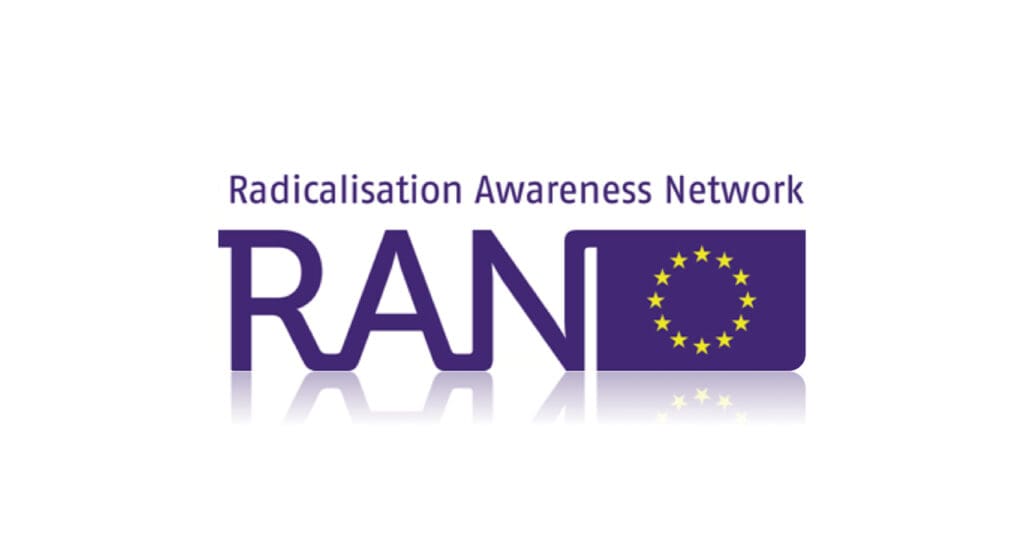VOX-Pol contributed to the inaugural Radicalisation Awareness Network (RAN) Civil Society Empowerment Programme (CSEP) campaigns event in Brussels this week. We therefore thought we’d share some insights from a previous RAN event focused on online CVE. [Ed.]
Introduction
It is an essential part of extremist propaganda and outreach to not only communicate their messages to an broader audience but also to make direct online contact (one-to-one online intervention) once an individual shows interest in a particular page on Facebook, a video on YouTube, or a specific tweet on twitter. Some goes for other social media platforms.
At our workshop we were looking at (a) how extremists use this technique, (b) what the key challenges are for the “good guys” to use it (more) and (c) tips for action to do one-to-one online interventions effectively.
What can we learn from extremists?
- They respond and reach out to people online. If you comment, like or share, you will very likely receive a reaction from them.
- In their messages and on their websites there is often the possibility of a one-on-one video chat with recruiters. They show access and pretend to have answers and solutions for everyone who shows interest.
- Most important feature is their ability to offer the possibility to immediately be part of the movement (opt-in possibility). Joining Daesh (IS/ISIS) for example in Syria or online in Europe is considered equally important, they are all considered soldiers from an extremist perspective. Every action is aimed at achieving more support, more recruits, and more attacks.
- Especially in the case of Daesh: By asking and offering people to opt-in and share and editvideo’s and pro-Daesh messages they create a “swarm” of propaganda in very little time, where different “fan boys” can easily get involved.
- They relate to ‘Zeitgeist’ using modern music, modern pop culture, PC games, whatever is popular to the target audience, so people can relate via topics that already interest them.
- They create “role models” e.g. Denis Cuspert/”Deso Dogg” to look up to and often youth can even engage with them online.
Key Challenges
During the meeting we identified key challenges we face when carrying out one-to-one online interventions.
- Action package: What attractive (alternative) action packages (opt-in/call for action?) can we offer?
- Priority indicator: There are many young people who are being approached by violent extremists. We cannot engage with them all one-to-one. How to prioritise? Can we develop a priority indicator?
- Opt-in and swarms: How do we create good opt-in and “swarms” (social movements)? Can we create movements people want to join in? Can we connect with existing attractive social/political movements?
- Facebook: When trying to use aliases for one-to-one engagement with possibly at risk youth or extremists this can pose a problem. Facebook does not allow accounts of aliases or pseudonyms or people to have more than 1 account. And Facebook takes-down the profile when it is against terms of use. During the meeting we did not find the answer to all of these challenges but in the tips most of them are addressed with a beginning of the part of the answer.
Tips for Action!
- Action package: Have a “call for action” in your approach. This can be anything from an alternative way to help (e.g. the people in Aleppo) to a way to engage on a local level with youngsters or keep the streets safe on Saturday nights.
- Know your target audience: What do they like, what are their needs, what do they fear. Then engage.
- Start open conversations: Don’t be confrontational. Engage on a personal level first. It is easier to do an intervention when you already have a dialogue.
- Use successful practitioners (social workers/psychologists) and train them to be active online.
- Online-to-offline: After one-to-one online engagement, online activities should move offline (job support, sports team, if appropriate and safe.
- Priority indicator: Hyper-target your audience. Identify who you want to intervene with within your target audience. Make a list with characterisations of the persons and with what aim you want to engage or intervene with them one-to-one. This enables to prioritise. Draft your own system and strategy for this.
- Opt-in and swarms: If you target locally you might want to ask people to like your page or send a picture or do something to be part of this local movement. This is very hard, there is a lot of competition online. You could use role models (e.g. successful/respected members of your target audience) to attract people to join.
- Security issue: Pay attention to security of the practitioners who perform one-to-one interventions. Some will chose to be anonymous, some will work under their real name. It seems not to make a big difference according the evaluation of the pilot project of ISD (click here to see helpful reading). If you target a person for online intervention, try to check if he is already being approached by other organisations, social work, health care, police etc. Prevent to ‘stumble in’ which might create more harm than good.
This article is an ex post paper of the RAN C&N working group, which was held in Berlin on 14 and 15 December 2016. The original post can be read here.
